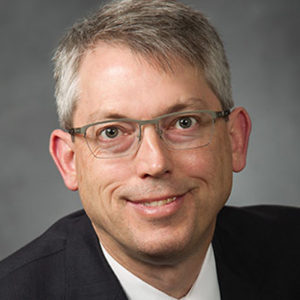Inspiration to create engineering systems that meet emerging needs can come from varied sources, including art. Origami artists have used the accessible and formable medium of paper to create vast numbers of designs, resulting in stunning origami structures and mechanisms that were created in a simple medium and using a single fabrication process (folding). The artists’ methods and insights have led to systems that are unlikely to have been conceived using traditional engineering approaches. Origami-inspired methods are making it possible to design origami-like systems but using different materials and processes to meet emerging product requirements. This presentation will show how engineering research that combines origami art and engineering has the potential to impact applications as diverse as spacecraft, consumer products, and surgical instruments.

Larry L. Howell is a professor and an associate academic vice president at Brigham Young University (BYU). He received his B.S. from BYU and M.S. and Ph.D. from Purdue University.
Prior to joining BYU, he was a finite element analysis consultant for Engineering Methods and an engineer on the design of the YF-22 (the prototype for the U.S. Air Force F-22 Raptor). He is a fellow of ASME, past chair of the ASME Mechanisms & Robotics Committee, and has been an associate editor for the Journal of Mechanisms & Robotics and the Journal of Mechanical Design.
He is the recipient of the ASME Machine Design Award, ASME Mechanisms & Robotics Award, Theodore von Kármán Fellowship, NSF CAREER Award, Purdue Outstanding Mechanical Engineer (alumni award), and the BYU Karl G. Maeser Distinguished Lecturer Award (BYU’s highest faculty award).
Prof. Howell’s research focuses on compliant mechanisms, including origami-inspired mechanisms, space mechanisms, and medical devices. He is the co-editor of the Handbook of Compliant Mechanisms and the author of Compliant Mechanisms which are published in English and Chinese. His lab’s work has also been reported in popular venues such as Newsweek, Scientific American, The Economist, Smithsonian Magazine, and the PBS documentary program NOVA.